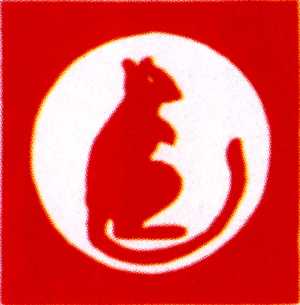
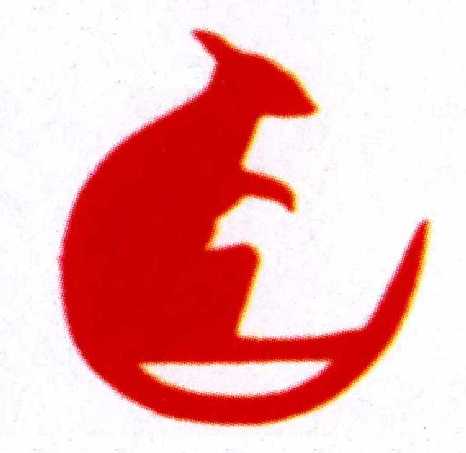
Divisional Commanders
The purpose of this page is to document the names and details of the men who
Commanded the 7th Armoured Division during the Second World War.
PERCY "HOBO" HOBART (1885-1976)
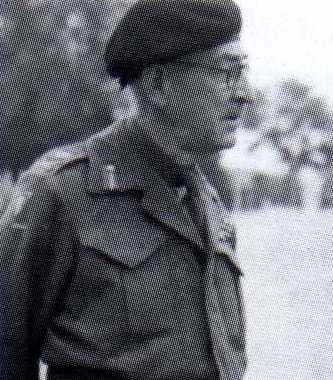 |
Major-General Sir Percy Cleghom Stanley Hobart KBE, CB, DSO, MC
(or Hobo" as he was known to one and all) was responsible for the initial
training of the Mobile Division and thus the architect of much of its greatness. After being unfairly "retired" because he had fallen out
with those in higher authority who knew nothing about tanks and armoured warfare, he was rescued from obscurity
(being at that time a Lance Corporal in the Home Guard!) by Winston Churchill.
He would then go on to form and train both 11th Armoured Division and 79th
Armoured Division. As historian Sir Basil Liddell Hart said of him: 'To have moulded the best two British
armoured divisions of the war was an outstanding achievement, but Hobart made it a "hat trick" by his subsequent training of the
specialised 79th Armoured Division, the decisive factor on D-Day. |
"DICKIE" CREAGH (1892-1970)
 |
Major-General Sir Michael O'Moore
Creagh, KBE, MC led the division through its earliest triumphs against the Italians, including
its first major battle at Sidi Barrani in 1940. His tenure of command was the longest during the war. It was he who took the bold decision to send a "Flying Column"
(Combe Force) southwest across the virtually unmapped
Libyan Desert to cut off the Italians at Sidi Saleh and Beda
Fomm. This daring stroke led to the
surrender of the entire Italian Tenth Army on 5th-7th February 1941. |
"STRAFER" GOTT (1897-1942)
| Lieutenant-General W. H. E. "Strafer"
Gott CB, DSO, MC (below right) began his career in the division as its first wartime GSO
and later commanded the Support Group. After commanding 7th Armoured Division he went on to become commander XIII Corps and in August 1942 was
appointed to command the Eighth Army. Tragically, whilst flying back to Cairo from the
battle area a few days later, his Bombay transport aircraft was shot down by a German fighter. He survived
the crash, but was killed by machine gun fire during
the second strafing with all but four of the other occupants. One account
states this was whilst rescuing others from the
wreckage, whereas the Pilot's account states that he
never having made it out of the aircraft himself. Either way it was a lost
to the Division and the 8th Army. |
 |
"JOCK" CAMPBELL (1894-1942)
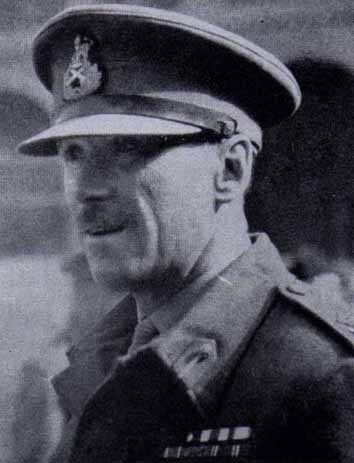 |
Major-General J. C. Campbell, VC, DSO, MC (above
left) was perhaps the most famous of all "Desert Rats", his name being a byword for courage through the division. He was awarded the
Victoria Cross at Sidi Rezegh in November
1941, whilst commanding the Support Group. It was he who conceived the idea of forming mobile columns to harass the
Italians — called "Jock Columns" after him. He was killed when his staff car overturned on a clay road near Halfaya
Pass. |
FRANK MESSERVY (1893-1974)
| Lieutenant-General Sir Frank Walter
Messervy CB, DSO took over the division after commanding 4th Indian Division.
Known as the "Bearded Man" because he tended not to shave in battle. Knew little
about tanks and was commanding when Div HQ was captured by the Germans at
the start of the Gazala offensive, but managed to bluff them into believing
he was a batman, escaped with other members of his staff and rejoined Div HQ
the following day! He went on to command IV Corps in Burma. |
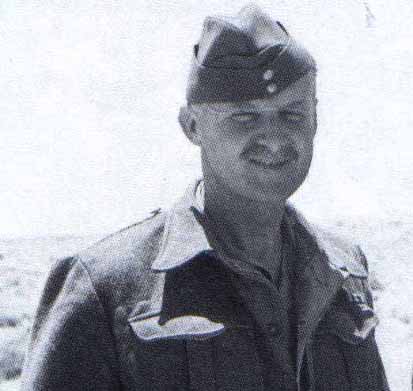
|
"WINGY" RENTON (1898-1972)
| Major-General James Malcolm Leslie Renton CB, DSO,
OBE was known as "Wingy" Renton or 'Callum'. One rumour for the
nickname was because he had lost an arm whilst commanding
2nd Rifle Brigade during the battle at Sidi Saleh in 1941, but a photograph
of the 2nd Rifle Brigade Officers in 1940 shows his right arm missing
then. He later commanded the Support Group, 7th Motor
Brigade, during the Gazala battles. |
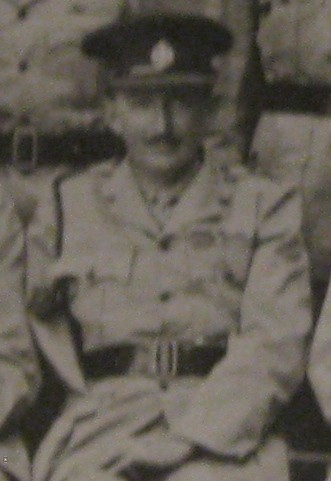 |
LORD HARDING (1896-1989)
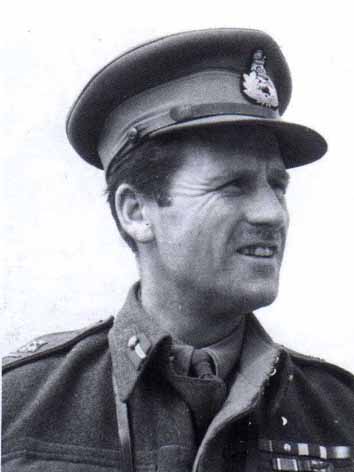 |
Field Marshal, The Lord Harding of
Petherton, GCB, CBE, DSO, MC took over command after serving as Chief of Staff to
Gen Sir Richard O'Connor and his successors in the early days in the desert.
Fearless and brilliant, he was responsible for the division's breakout at El Alamein
in October 1942. Badly wounded near Tarhuna on 20th January 1943, he recovered and continued a distinguished
career, becoming C-in-C Far East (1949- 51), C-in-C BAOR (1951-2), CIGS (1952-3), then Governor and C-in-C Cyprus (1955-7). Montgomery called him
"that little tiger". |
"BOBBIE" ERSKINE (1899-1965)
| General Sir George
W. E. J. Erskine, GCB, KBE, DSO commanded during the memorable advance
from Tripoli to Tunis and throughout the short campaign in
Italy. He also
launched the division into Northwest
Europe. A man of great integrity and
considerable physical and moral courage, he was commanding during the
debacle at Villers-Bocage in June 1944 and was "sacked" by
Montgomery along with the Corps Commander, Gen Bucknall. Nevertheless, he
went on to become C-in-C East Africa during the Mau Mau rebellion, Kenya,
and, on retirement, Lt Governor and C-in-C Jersey. |
 |
GERALD VERNEY (1900-1957)
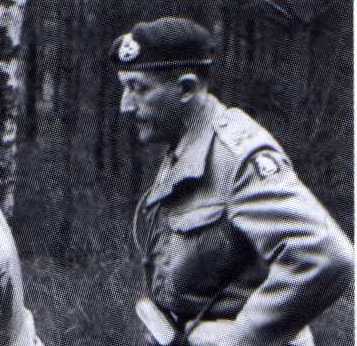 |
Major-General Gerald Lloyd Verney, DSO, MVO was personally appointed by "Monty" to take command of the Desert Rats in Normandy
on 4 August 1944, after the division's disappointing showing in the
bocage. Verney commented, in the history of the division (which he wrote postwar), that before the battles of Caumont he had been warned to look out for
the transport of the 7th Armoured on the road, because its march discipline was
"non-existent!" He also said that they "greatly deserved the criticism they
received". A no-nonsense Guardsman, Verney soon had them "firing on all
cylinders" again. He left in November 1944 to command 6th Armoured Division.
|
"LEW" LYNE
(1899-1970)
| Major-General Lewis Owen Lyne CB, DSO took
over command of the division on 22 November 1944, when Gen Verney went to Italy to command 6th Armoured Division. Gen Lyne had
commanded 50th Northumbrian Division in Normandy, when Gen Graham was injured, until it became a training division in the
UK. He would then command the "Desert Rats" on the final lap through the Siegfried
Line, into Germany and on to the surrender of Hamburg and the end of the war.
Postwar he was the first Military Governor of the British Zone of Berlin, then Director
Staff Duties at the War Office, before retiring in 1949. |
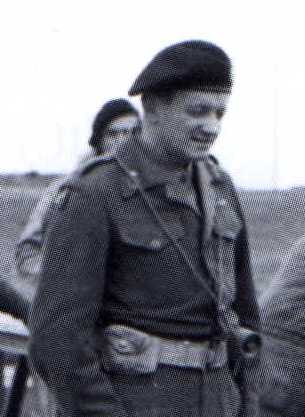 |
"PIP" ROBERTS (1906-1997)
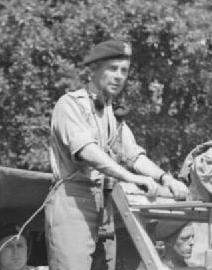 |
Major-General George Philip Bradley Roberts CB, DSO, MC was a charismatic
wartime commander of 11th Armoured Division, and rated the best British armoured divisional
commander of the war, Gen "Pip" Roberts was the first (and only) peacetime commander of 7th Armoured Division. He was no stranger to the
Division, having been the DAQMG when the Italians invaded Egypt in 1940, GS02 during the
Brevity and
Battleaxe operations, Commanding Officer of 3rd RTR, Commander of 22nd Armoured Brigade and had
commanded the Division for four days (20th-24th January 1943) when Gen Harding was
wounded. He would command the "Desert Rats" through the early postwar days to their first disbandment in
January 1948. He then became Director of the Royal
Armoured Corps and retired from the Army in September 1949. His book From the Desert to the Baltic is a very readable account of all his wartime battles. |
Lists of Divisional Commanders
| From |
Status |
Name |
| 03.09.1939 |
GOC |
Maj-Gen P.C. S.Hobart |
| 16.11.1939 |
Acting GOC |
Brig J. A. L. Caunter |
| 04.12.1939 |
GOC |
Maj-Cen. M. O'M.Creagh |
| 01.04.1941 |
Acting GOC |
Brig J. A. L. Caunter |
| 13.04.1941 |
GOC |
Maj-Gen. Sir M. O'M. Creagh |
| 03.09.1941 |
GOC |
Maj-Gen W. H. E. Gott |
| 06.02.1942 |
GOC |
Maj-Gen J. C. Campbell |
| 23.02.1942 |
Acting GOC |
Brig A. H. Gatehouse |
| 09.03.1942 |
GOC |
Maj-Gen F. W. Messervy |
| 19.06.1942 |
GOC |
Maj-Gen. J. M. LRenton |
| 14.09.1942 |
GOC |
Maj-Gen A. F. Harding |
| 20.01.1943 |
GOC |
Brig G. P. B.Roberts |
| 24.01.1943 |
GOC |
Maj-Gen G. W. E. J. Erskine |
| 04.08.1944 |
GOC |
Maj-Gen G. L. Vermey |
| 22.11.1944 |
GOC |
Maj-Gen L. O. Lyne |
GOC = General Officer Commanding.
Main Site Map
Engagements and campaigns page History
Page












